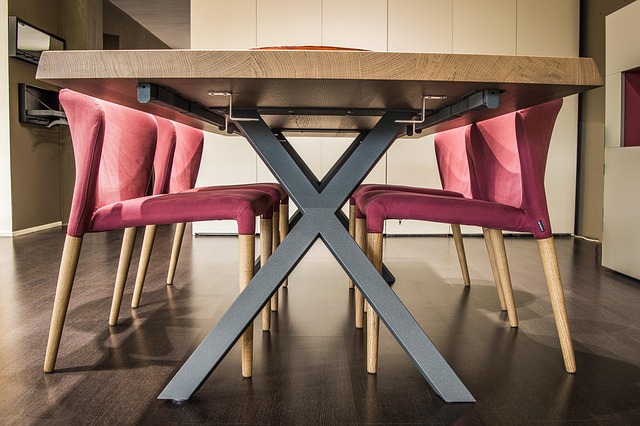Sculpting Spaces: The Art of Modular Design in Architecture
In the ever-evolving world of architecture, modular design stands out as a beacon of creativity, flexibility, and innovation. This approach transcends the traditional confines of building structures, inviting architects and designers to explore the boundaries of spatial use and aesthetic expression. Imagine walking into a space that can evolve and adapt to your needs, all while maintaining an artistic integrity that captivates the senses. This is the magic of modular design.
At its core, modular design is about the assembly of pre-fabricated units that can be configured in various ways, allowing for a unique and personalized touch. It harnesses the art of design not only to create visually stunning architecture but also to enhance functionality and optimize space. This method offers an incredible way to challenge the status quo of conventional building techniques, ensuring a seamless blend of form and function.
Envision urban landscapes where housing solutions and commercial spaces can morph according to the needs of their inhabitants. Modular design can breathe life into this vision by emphasizing sustainability and efficiency. The iterative and scalable nature of modular units allows for reduced waste during the construction process and encourages thoughtful consumption of materials. This shift not only creates a more environmentally conscious approach to architecture but also inspires a deeper connection between the design and its users.
Art and architecture have long been intertwined, with each discipline informing and inspiring the other. Through modular design, architects can experiment with colors, materials, and patterns that challenge conventional aesthetics. The ability to create unique visual narratives adds a layer of richness to spaces that resonate with their occupants. Think of vibrant gallery walls adorned with rotating exhibits or living spaces that reflect the artistic inclinations of their residents. Each arrangement becomes a canvas for self-expression, evoking emotions and memories through the built environment.
Moreover, modular design’s flexibility allows for a dynamic relationship between people and their surroundings. Spaces can shift and transform in response to different needs, from hosting gatherings to becoming tranquil retreats. This adaptability fosters community interaction and encourages collaboration, as various modules can be reconfigured to accommodate diverse activities. The result is an architecture that evolves in harmony with its users, creating more meaningful interactions with the spaces we inhabit.
As we embrace the art of modular design, we also recognize its potential to redefine our relationship with architecture. It challenges us to think more deeply about how the environments we create influence our lives, our communities, and our environments. In this exciting journey of exploration, the world of architecture is not just a discipline but a vivid expression of art that invites everyone to participate.
Through the lens of modular design, we glimpse a future where architecture transcends mere physical structures, blossoming into a collaborative, artistic endeavor that enhances our lives in profound ways. The spaces we occupy become not only functional but also reflections of our identities, aspirations, and values—true works of art sculpted by innovation and imagination.




